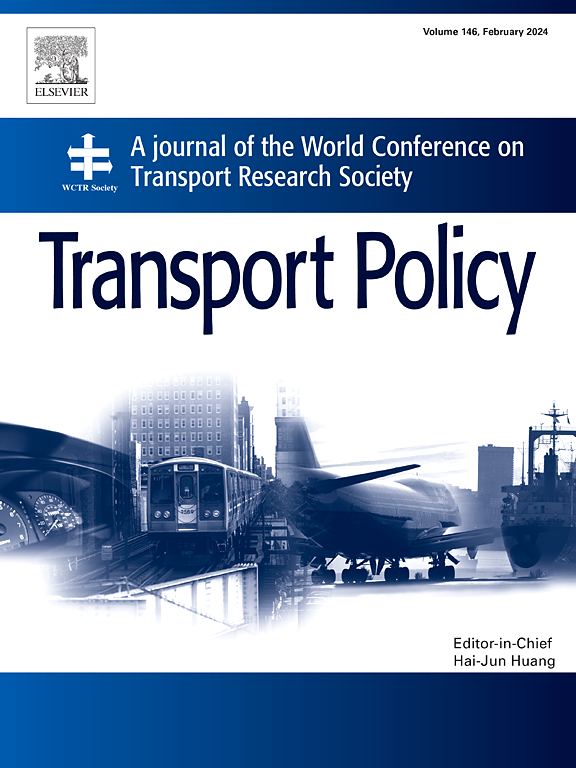Optimal deposit-return strategies for the recycling of spent electric automobile battery: Manufacturer, retailer, or consumer
IF 6.3
2区 工程技术
Q1 ECONOMICS
引用次数: 0
Abstract
There has been limited research on the supply chain performance of spent electric automobile battery recycling under various combinations of take-back models and deposit return strategies. This paper compares three deposit return strategies: manufacturer-targeted, retailer-targeted, and consumer-targeted approaches. Additionally, three take-back models—single-channel, mixed, and collaborative—are developed based on practical applications and evaluated in terms of their impact on supply chain profitability and collection rates. The results indicate that the optimal values of decision variables are influenced by the deposit return strategies, which, in turn, vary according to the take-back models. Furthermore, the deposit return scheme significantly enhances the collection rate, with manufacturer-targeted and consumer-targeted strategies outperforming the retailer-targeted approach in both supply chain profitability and collection rates. Notably, the consumer-targeted strategy results in the lowest retail price. Among the models, the collaborative take-back strategy demonstrates superior performance in both supply chain profitability and collection rates. Sensitivity analyses results reveal that higher subsidies and lower deposits result in greater total profits for the supply chain, while higher deposit and refund amounts lead to improved collection rates.
废旧电动汽车电池回收的最佳押金返还策略:制造商、零售商或消费者
不同回收模式与押金返还策略组合下的废旧电动汽车电池回收供应链绩效研究有限。本文比较了以制造商为目标、以零售商为目标和以消费者为目标的三种押金返还策略。此外,根据实际应用开发了三种回收模式——单渠道、混合和协作,并根据其对供应链盈利能力和回收率的影响进行了评估。研究结果表明,决策变量的最优值受回收策略的影响,而回收策略又因回收模型的不同而不同。此外,押金返还方案显著提高了回收率,以制造商为目标和消费者为目标的策略在供应链盈利能力和回收率方面都优于零售商为目标的策略。值得注意的是,以消费者为目标的策略导致了最低的零售价。其中,协同回收策略在供应链盈利能力和回收率方面均表现出较好的性能。敏感性分析结果表明,较高的补贴和较低的押金会提高供应链的总利润,而较高的押金和退款金额会提高回收率。
本文章由计算机程序翻译,如有差异,请以英文原文为准。
求助全文
约1分钟内获得全文
求助全文
来源期刊

Transport Policy
Multiple-
CiteScore
12.10
自引率
10.30%
发文量
282
期刊介绍:
Transport Policy is an international journal aimed at bridging the gap between theory and practice in transport. Its subject areas reflect the concerns of policymakers in government, industry, voluntary organisations and the public at large, providing independent, original and rigorous analysis to understand how policy decisions have been taken, monitor their effects, and suggest how they may be improved. The journal treats the transport sector comprehensively, and in the context of other sectors including energy, housing, industry and planning. All modes are covered: land, sea and air; road and rail; public and private; motorised and non-motorised; passenger and freight.
 求助内容:
求助内容: 应助结果提醒方式:
应助结果提醒方式:


